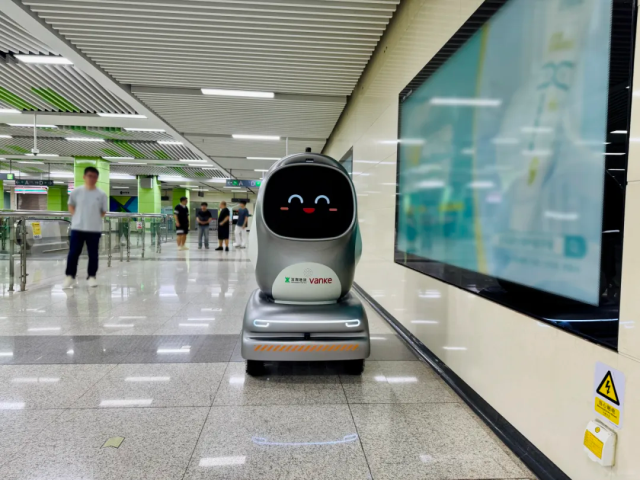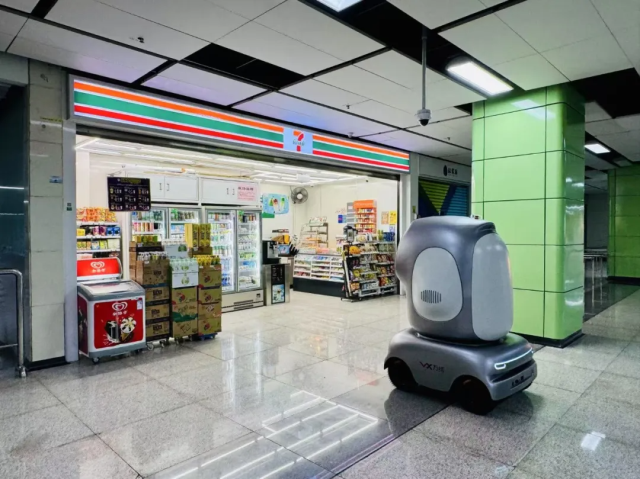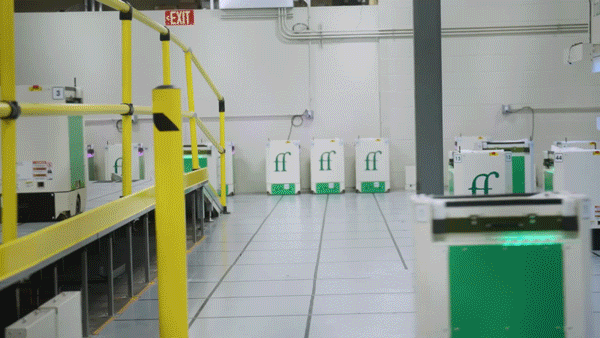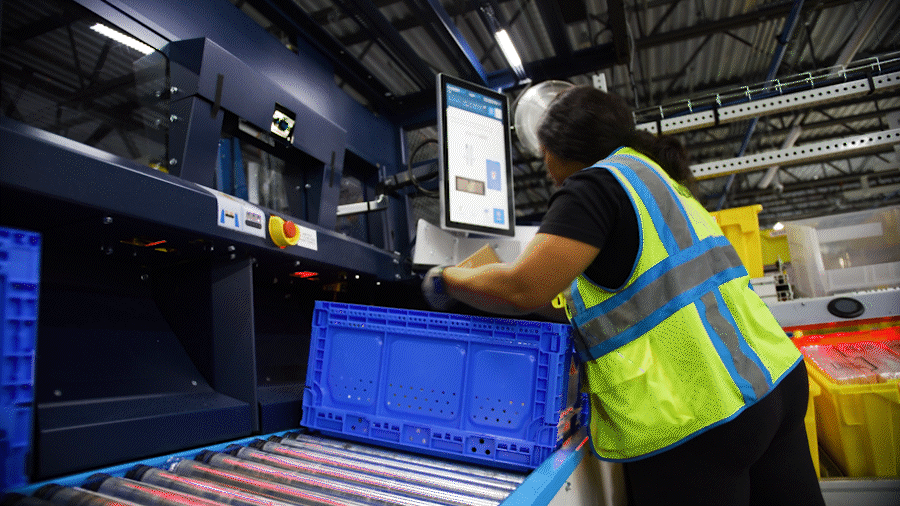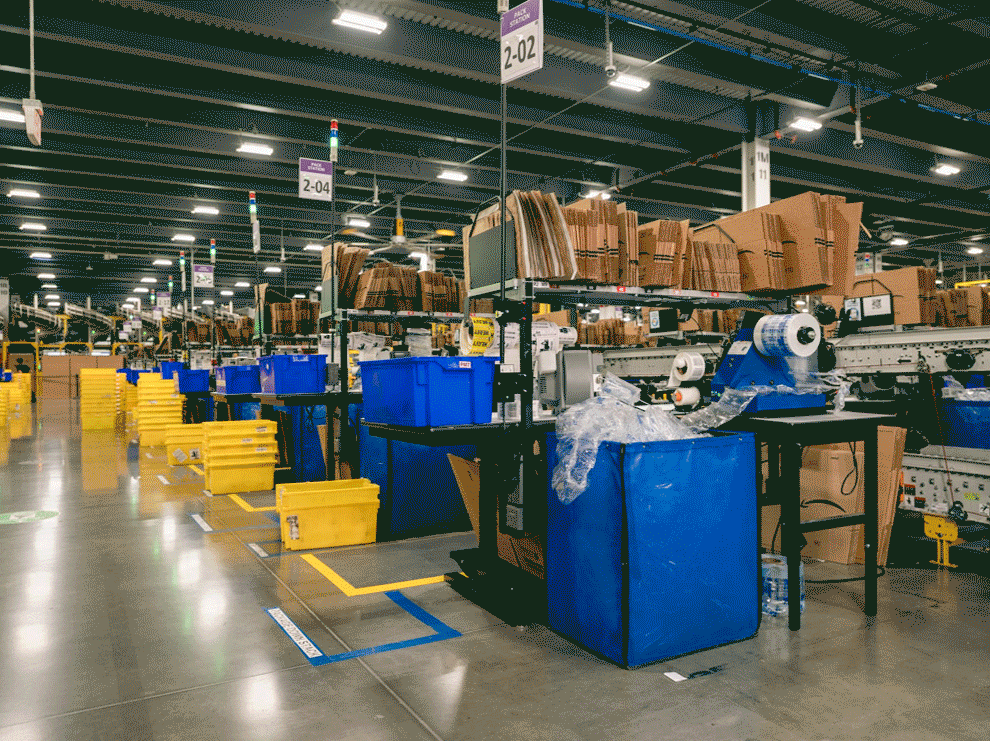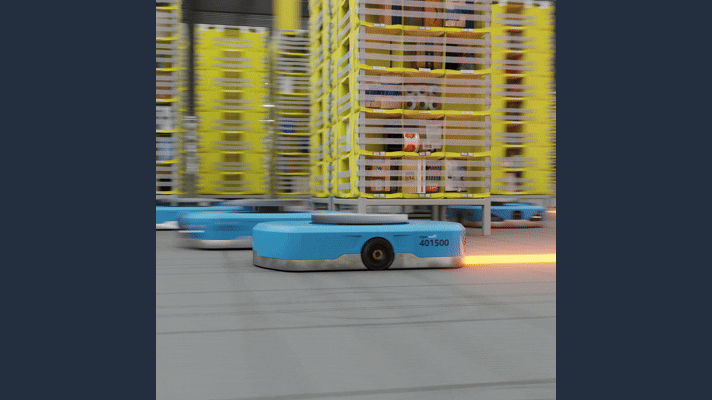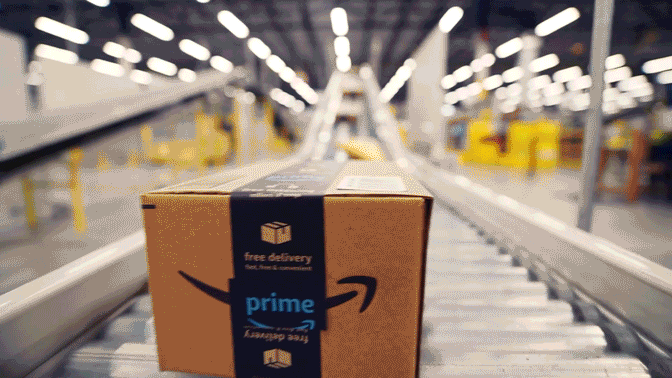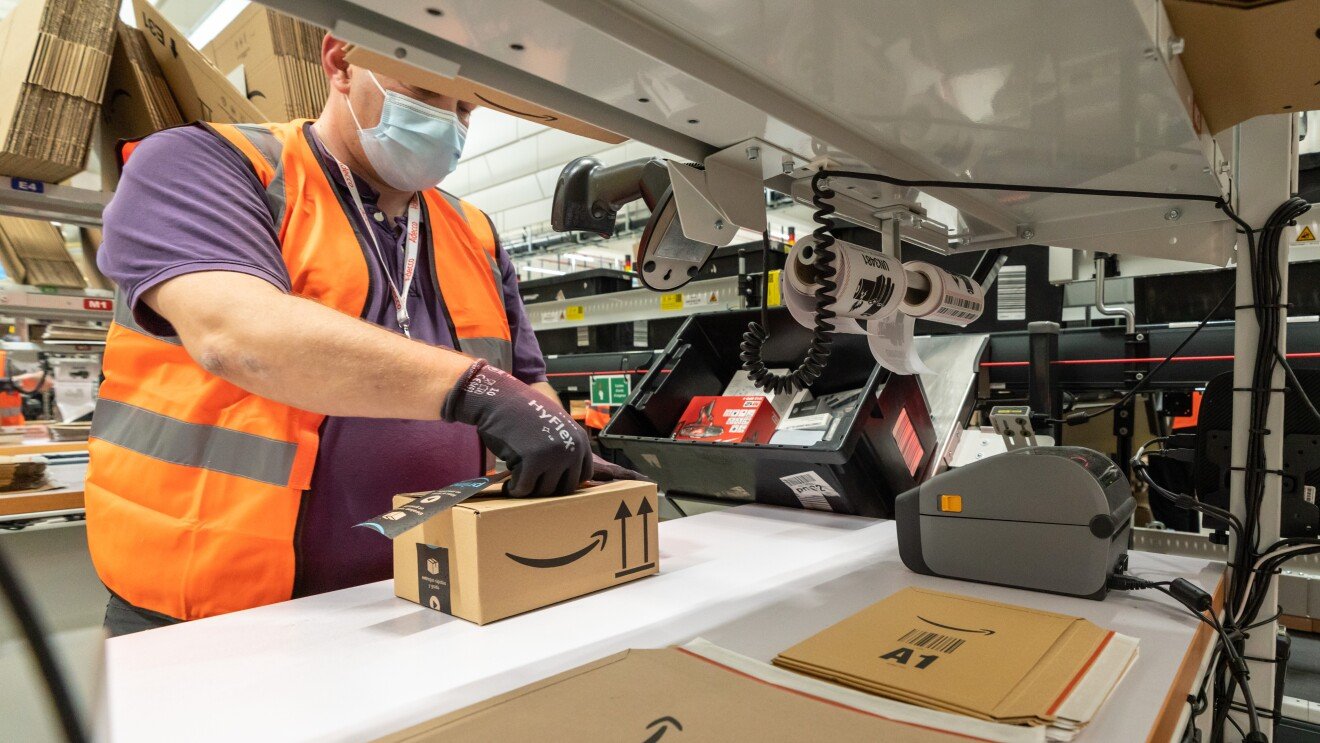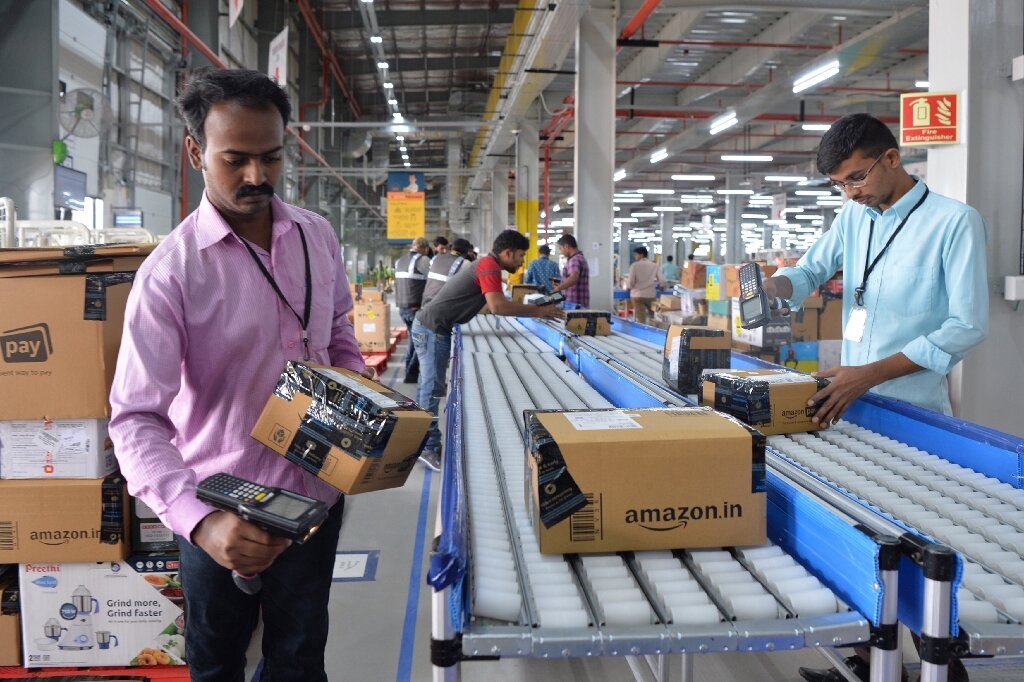In China, robots now ride the subway to restock 7-Eleven stores
The project, reportedly the first of its kind in the world, will see robots ride subway trains to deliver goods to more than 100 stores across Shenzhen
41 autonomous delivery bots have taken over Shenzhen’s subway to keep snacks stocked.
Shenzhen’s 7‑Eleven shops are about to deliver their beverages and snacks by robots that commute on the subway. On Monday, the southern Chinese megacity launched a fleet of 41 autonomous delivery bots that board trains during off‑peak hours, exit at stations with 7‑Elevens, and wheel consignments straight into the stores.
The metre‑tall machines are operated by VX Logistics, a property giant Vanke unit partly owned by Shenzhen Metro. After their first runs, they drew crowds of curious passengers who stopped to film the squat newcomers queuing neatly in the carriages.
The deployment was first reported by local outlet SZNews and the South China Morning Post, which called it the world’s first subway‑based retail delivery project.
SCMP reports that the robot couriers are intended to solve a long‑standing headache for shop managers who have relied on human workers pushing trolleys down to the platforms.
A purpose‑built robot for an underground maze
Each robot stands roughly waist‑high on a four‑wheel chassis and looks, at a glance, like a futuristic penguin on wheels. Their glossy dome heads carry LED faces that flash friendly eyes and smiles, turning them into rolling mascots even as they navigate lifts, platform gaps, and train doors with clinical precision.
“They are specially designed with unique chassis systems that allow them to cross gaps to enter lifts and carriages,” explained Hou Shangjie, head of automation at VX Logistics. “They will continue to iterate based on real‑world performance.”
The robots currently service over 100 outlet stores spread through Shenzhen’s vast metro network. According to Li Yanyan, a manager at one of the participating 7‑Elevens, the change is already tangible: “In the past, delivery workers had to park above ground, unload goods, and manually push them into subway stations. Now, with robots, it’s much easier and more convenient.”
From factory floors to city streets
This initiative is a part of Shenzhen’s “Embodied Intelligent Robot Action Plan,” released in March, which targets large‑scale adoption of service and industrial robots by 2027. The city, home to more than 1,600 robotics companies, has long been a national test bed for automation. Still, officials say the latest focus is getting machines out of enclosed factories and into public‑facing roles.
That ambition echoes national policy. Confronted with a rapidly ageing population, China’s elderly‑care strategy explicitly endorses humanoid robots that can transfer patients, tidy room, or carry packages. Ant Group’s Ant Lingbo project is one such effort, Reuters has reported.
Officials in Beijing’s Economic‑Technological Development Area also said that humanoids are being engineered for “dangerous, monotonous, or specialized jobs” such as deep‑sea inspections and space exploration, to boost productivity without displacing skilled staff.
A glimpse of tomorrow’s urban logistics
For Shenzhen Metro and Vanke, the 7‑Eleven programme is a proving ground. If the rolling “penguins” can cope reliably with elevators, crowds, and shifting train schedules, similar bots could be dispatched to deliver parcels, cleaning supplies, or medical items across the city’s underground labyrinth.
As Li Yanyan summed up after watching the first deliveries roll in, the robots turn what was once a chore into a routine hop on and off the train. If Shenzhen’s trial succeeds, the sight of automated couriers waiting for the next subway could soon be as ordinary as a vending kiosk on the platform. Another small sign of how embodied AI is moving from factory aisles to the daily commute.





